Farmers at the center
Mr. Le Minh Hoan, Vice Chairman of the National Assembly, former Minister of Agriculture and Rural Development (now the Ministry of Agriculture and Environment ) has been associated with agriculture and farmers for a long time, sharing that 80 years have been enough to see the journey of 4 generations from the time of the resistance war, when the resistance rice seeds were kept like pearls, sown on barren land and still tried to grow until today's grandchildren, the new generation, enthusiastically talking about circular agriculture, about artificial intelligence, about digital data in the fields, about bringing the Vietnamese Rice brand to the big sea.
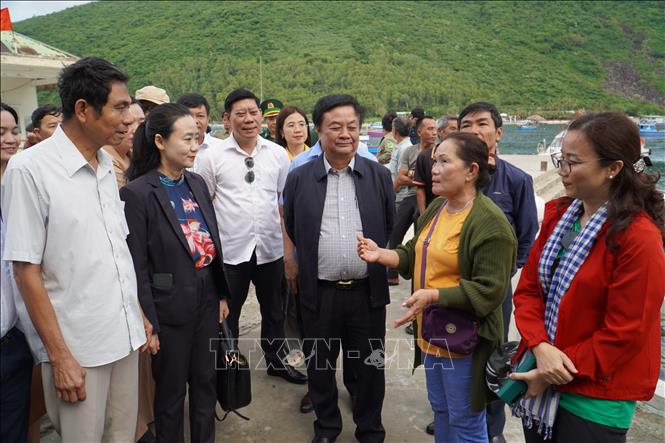
According to Mr. Le Minh Hoan, many people think that the success of agriculture is measured by how many tons of rice, how many tons of fish, how many billions of dollars in exports. That is growth, meaning more, bigger. But development is another story. Growth is like sowing a lot of seeds, seeing green rice fields in a crop. Development is like taking care of healthy soil, clean water, a healthy environment, so that every crop is complete, so that our children and grandchildren can still cultivate. If we only pursue growth, we can be "full" today but "starving for faith" tomorrow. Only when we know how to balance growth and development, will agriculture be truly rich, sustainable, and humane. Agriculture not only sells agricultural products but also sells experiences, memories, and culture. That is the way to turn the countryside from a place "enough to live" to a place "worth living".
The country stretches far and wide, each region has its own way of growing. The Central Highlands is suitable for concentrated industrial crops. The Mekong Delta is suitable for rice and large-scale aquaculture. But the mountainous regions are suitable for Shan Tuyet tea, herbs, and local agricultural products. It is impossible to force every region to pursue large-scale production, nor is it possible to let any region struggle with small-scale production. Agriculture needs both. Large-scale production to create international competitiveness. Small, specific production to retain identity, to exploit niche markets, and to do rural tourism.
According to Mr. Le Minh Hoan, Vietnamese people are usually good at farming, but weak when it comes to the market. Because of fragmented, small-scale, spontaneous production, they easily fall into a weak position. To escape this situation, we must know how to connect with cooperatives, guilds, clubs... that is the "root" for farmers to stand firm.
Farmers cannot be “managed” objects. Farmers must be the center, the subject. But if we want people to be masters, we need to educate them from the root. Educate them not only by teaching high technology, but first of all by teaching common knowledge: knowing how to calculate costs, knowing how to look at the market, knowing how to sell over the phone. Sometimes, just a small but practical knowledge is more valuable than a great research project that does not reach the fields.
The same goes for human resource development. We cannot just worry about the “ivory towers” of universities and research institutes, while forgetting the “base” at the grassroots level. The same goes for policies. Issuing new policies is just sowing seeds. What matters is whether the seeds germinate or not. A policy is only truly meaningful when it reaches farmers, is understood, believed in, and followed. If the policy only exists on paper or in reports, it is like seeds in a jar, never producing a harvest. Agricultural extension is the one who sows those seeds. Not only providing technical guidance, but also bringing policies, information, knowledge, and trust to the villages.
Shaping management thinking in agriculture
The former Minister of Agriculture and Rural Development (now the Ministry of Agriculture and Environment) emphasized that in the past, farmers “looked to the sky, looked to the land, looked to the clouds”. Today, farmers can “look to data, look to the market, look to technology”. Artificial intelligence does not replace farmers’ hands, but elevates them to the level of knowledge. Biotechnology creates new varieties. Digital transformation opens up online markets. Innovation turns by-products into resources. Agriculture is no longer confined to the furrow, but opens up like an ecosystem: from the inside out, from the outside in, from top down and from bottom up. When everything is in sync, agriculture not only “grows”, but truly “develops”.
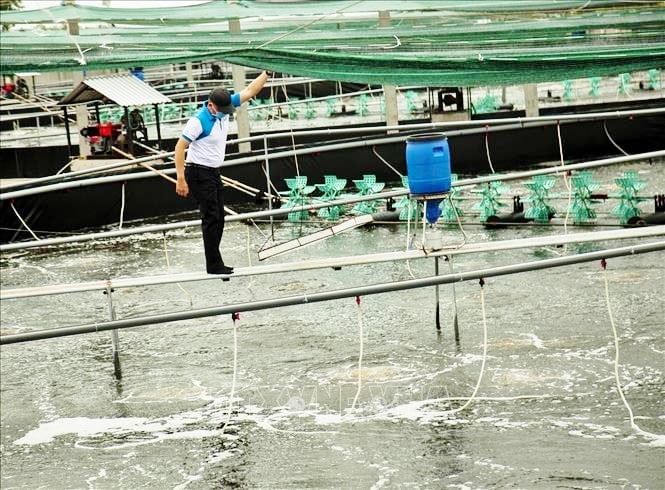
According to Mr. Le Minh Hoan, agricultural management and agricultural administration sound similar, but differ in vision and approach: Agricultural management is to make the work run smoothly, focusing on production organization, labor division, material use, seasonality, costs, productivity... Managers care about "doing the right thing" to achieve the set goals. Agricultural administration is to think beyond a season - linked to strategy, model, market, risk, innovation and sustainable value. Administrators not only "do the right thing", but also "choose the right thing to do". In other words: Management is to operate what is; administration is to shape what will be. Management helps agriculture stabilize; administration helps agriculture develop.
Eighty years, from the bowing rice grain to the seed of knowledge, Vietnamese agriculture has gone through many stages. Each generation leaves behind a brick. From that brick, today we can build the foundation for a bigger, more solid house: Green Agriculture - Civilized - Modern - Happy. Tomorrow, when going out to the fields, farmers will not only hear the sound of the wind, but also hear data signals. Not only will they see the rice flowers, but they will also see the brand, the green passport of agricultural products in the international market.

“We have the right to be optimistic, because the journey of the past 80 years has shown that, in the midst of hardship, Vietnamese farmers still find a way to survive. In the new era, with knowledge, with technology, with innovation, we can and have the right to be more confident and have higher aspirations. Vietnamese agriculture will enter a new era not only to feed a nation of more than 100 million people, but also to nurture the aspiration for power. Not only to follow, but also to lead the way to go far and return. Not only to grow, but also to be proud of the country with an agricultural civilization. And Uncle Ho's reminder: 'If our farmers are rich, our country is rich. If our agriculture is prosperous, our country is prosperous' always resonates on the country's journey into the period of industrialization and modernization, the era of national growth", said Mr. Le Minh Hoan.
A young businessman investing in agriculture abroad concluded: “Switching from exporting agricultural products to exporting value is an irreversible path... The sooner you go, the faster you integrate, the more opportunities will open up.”
The country is changing, agriculture also needs new thinking. New thinking must have new goals, new indicators and new scales. That scale is how much input costs are reduced, what percentage of agricultural products are deeply processed, how much each industry has applied circularity, how much emissions are reduced and how many agricultural policies are truly ingrained, rooted in the fields, reaching farmers.
Without measuring the new, there is no improvement and it may continue to operate in the old way. Don't just read the growth figures, but also read the hardship and happiness of tens of millions of farmers in our country.
Source: https://baotintuc.vn/kinh-te/doi-moi-tu-duy-de-nong-nghiep-di-xa-va-ben-vung-20251110102629799.htm












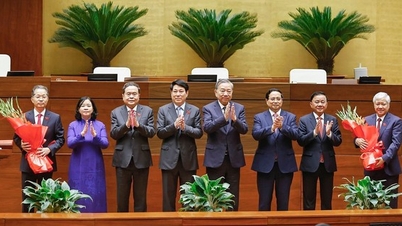

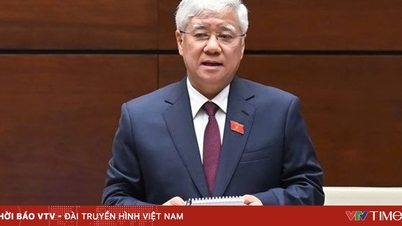




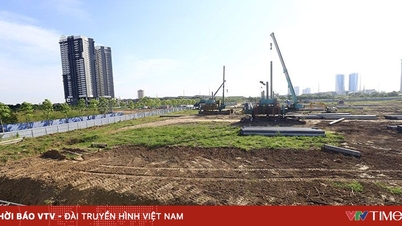
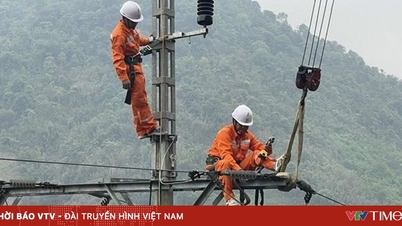









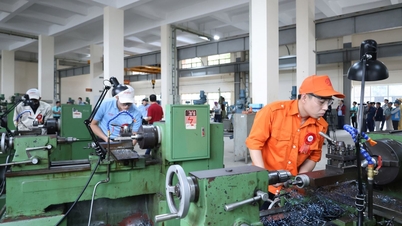

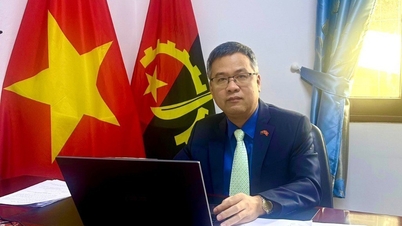
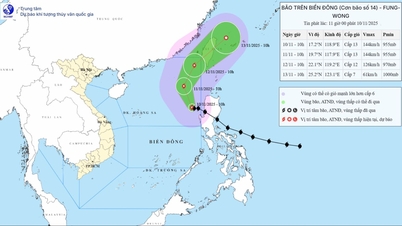






































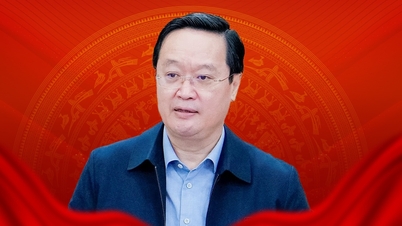



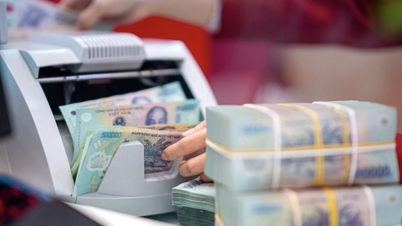









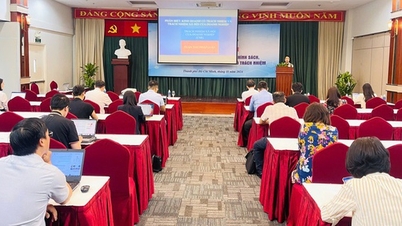







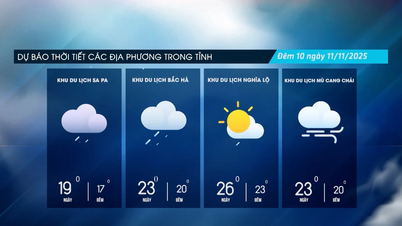




![Dong Nai OCOP transition: [Article 3] Linking tourism with OCOP product consumption](https://vphoto.vietnam.vn/thumb/402x226/vietnam/resource/IMAGE/2025/11/10/1762739199309_1324-2740-7_n-162543_981.jpeg)











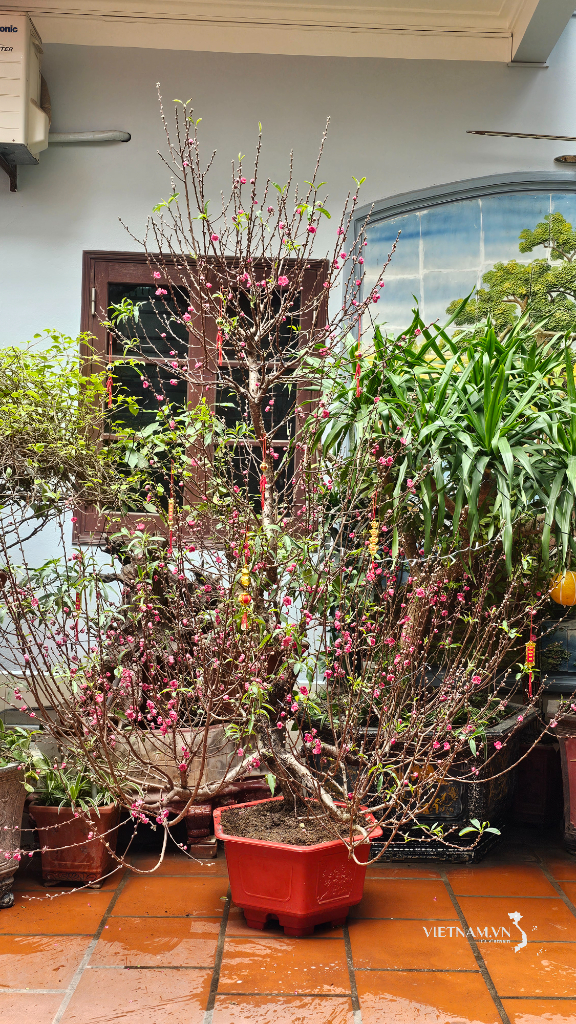

Comment (0)